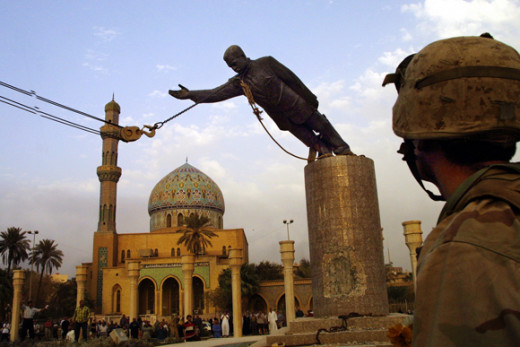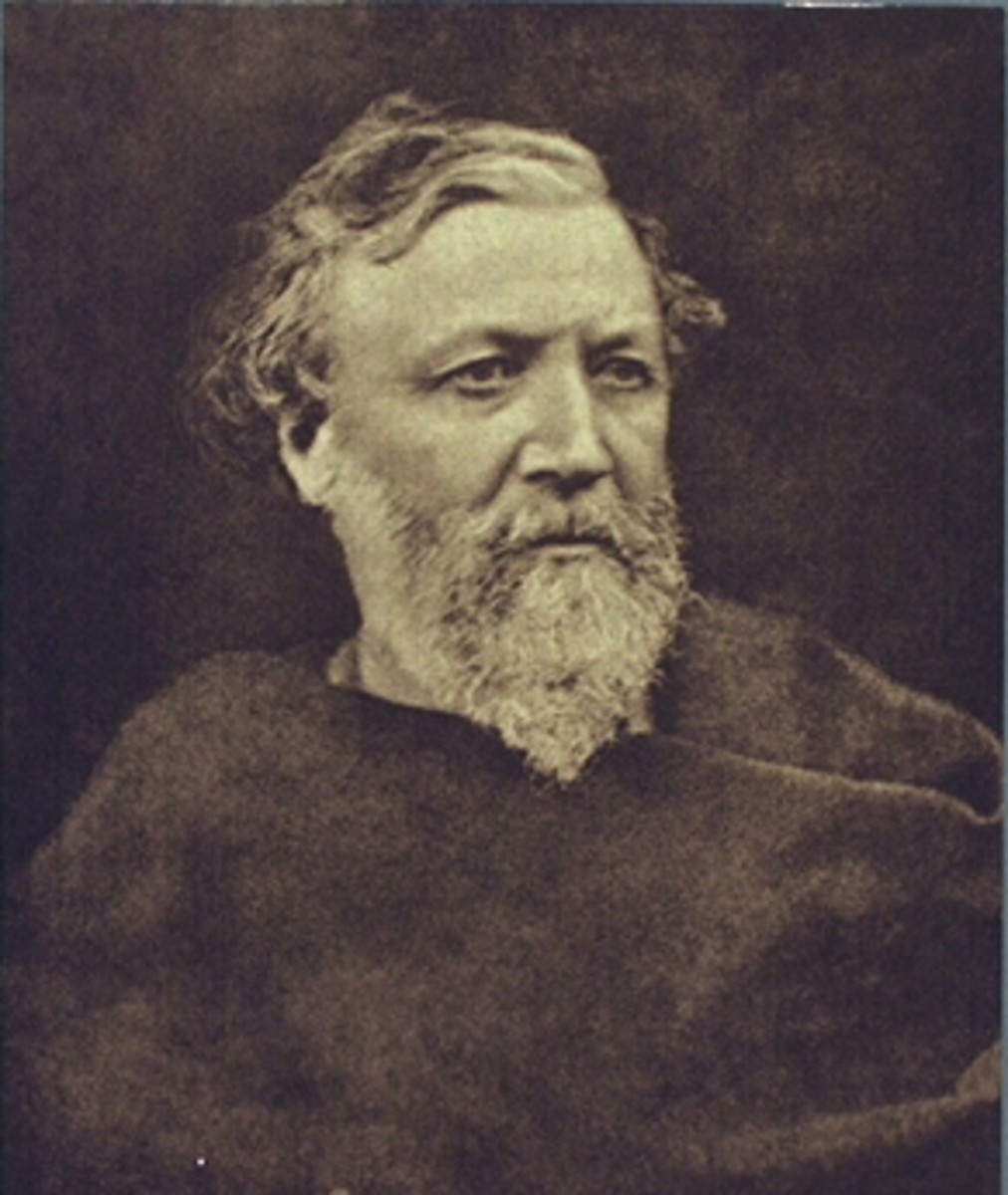21st Century Social Problems
A Brief Overview of Global Urbanization
Global urbanization has had a widespread negative effect on its citizens; it has also had an effect on the rise of religious and performance violence. By 2010, for the first time, more than half of the world's population will live in an urban area. There is also enormous growth of cities in developing third world nations.
A History of Global Slums
Chronic urbanization has led to the prevalence of extremely dangerous and unhealthy ghettos throughout the world.
An example of the prevalence of hyper-ghettos began in the late 19th century in Naples Italy. At the time, this was considered the very worst slum in all of Europe.
The overpopulation of cities combined with a history of laissez-faire urbanization led to this situation. A ghetto's climate like this is a perfect condition for growing dangerous bacteria because Naples is located below sea level, in a dark, dank environment.
Common lodging here played a strategic role in the introduction and spread of diseases. Also, the chronic abundance of labor in cities like this drove down worker wages which led to inflation. Residents of Naples paid to sleep on mattresses piled upon rooms called "Locandas".
Living in Squalor

Modern Strategies of the Global Poor
1.) City Renters- Don't make enough money to buy house they live in so they rent. This process builds up zero equity.
2.) Centrally Located Informal Shelters- Beneficial to poor because the cost of living is cheap.
3.) Squat- When people live on public land for free. These spots are very far from their job and there is no security from an attack.

The Rise of Religious Violence
Gross Urbanization has also had a profound effect on the rise of violence in our world.
Do the frequency of acts of religious terrorism around the globe have anything in common? If yes, then we as a society should be able to shed light on why violence and religion have reemerged so dramatically at this moment of our world's history.
If no, then it suggests the loosening of social control is allowing violence to happen.
Religious groups use sacred images and narratives of divine struggle in the service of contemporary political battles.
In some cases, extremists also use performance violence. Performance violence are constructed events that are deliberately shocking so that people cannot look away. These dramatic acts of violence are done to make a symbolic statement and are often considered ritualistic. The bloodshed is executed in an intense, vivid and deliberate way.
Less direct methods of violence such as car bombs and suicide attacks are carried out to be vivid and horrifying.
People who use religious and performance violence are also directly attacking secular society. Those who engage in religious violence feel that the contemporary world is situated in a cultural war.
Images and justifications of religious violence are also persistent features of religious activism. The lives of the workers, and the buildings they live and work in are considered part of the scenery when performance violence is conducted.
Terrorist acts can demonstrate the vulnerability of government power and even weaken or modify the social structure of a government.
In the end, religious violence has no direct outcome.
Dramatic Time
The date, season, and hour of day is reflective of the severity of performance violence. An example of this is when the Oklahoma City bombing took place on April 19, 1995. April 19th is Patriot's Day in America, where we typically honor the heroic men and women in the United States military.
April 19th is also the day the Revolutionary War began against England. It is also the day Hitler's Nazi regime moved in on a Polish ghetto in Warsaw to kill Jewish people.
It is also the same day in 1993, when the Branch Davidian compound in Waco Texas was set ablaze by United States authorities.
Another example of dramatic time was during the 1993 bombing of the World Trade Center in New York City. The offices attacked included the Secret Service and the New York State Governor's office.
On the Verge of Collapse
The Media's Effect on Perpetuating Performance Violence
The prevalence of religious violence is now perpetuated through the media now more so than ever. Is the media bias? Absolutely- because they tell stories the way they want to.
The power of the media is to disseminate information and messages for its viewers. The ongoing issue with media bias is that many platforms fail to do this responsibly. Another problem in how the media has changed is that people do not engage the dominant public sphere anymore; there is no longer a common media outlet. Most media outlets are biased towards their target viewers.

The History of Iraq
A perfect example of urbanization and the rise of violence is to look at the history of Iraq.
in June 1919, the mandate system was the approach of the League of Nations that marked the official end of British Imperialism; the legislation forced Europe into forming its own nations and Britain had begun to slowly relinquish their colonies. This legislation also eliminated the notion of empires.
British Imperialism was doomed because it was based on racial and cultural superiority- not how effective the area was being run.
The consequences of the mandate system on new territories was that it was based on a radical shift in policy. Nation-states could no longer rely on Imperial powers to support them.

Imperial British Policy Toward Iraq
Before the mandate system, Imperial Britain was the sole ruler of the Iraq area. Britain's policy towards Iraq was based on Indian knowledge. The British empire tried to "Indianize" Iraq which led to catastrophic consequences.
In the summer of 1920, a "Thawra" took place in Iraq which is similar to a tribal uprising. The British never bothered to collect information on the territory of Iraq and proceeded governing the land as if Arab culture was the same as Indian culture. Before the Thawra uprising, Iraqis were encouraged to take a pro-British line. Meanwhile, Iraqi nationalism in urban populations- primarily performed by the educated Sunni Muslim population, set the pieces in place for a revolution.
By October 1920, an independent Iraqi government had been established, led by noted urban Muslims. Ten months after this, Iraq had a King named King Fasial. The problem with this is that King Faisal was considered a figurehead and had no political background.
Faisal remained King from 1921 until 1932 but authorities and political powers began shifting to the urban elite which diminished the King's power. Essentially, the King was considered a fake, and had no power or authority by the time he left his position.
The faux Iraqi monarchy was abandoned for good in 1958 during an internal Iraqi revolution that set up the official Iraq nation state.
Saddam Hussain and the Rise of the Baathist Party
The Arab Socialist Baath Party was established in 1958 with the intent of preserving western ideals. Its three characteristics were to support Pan-Arab Nationalism, freedom from Imperial sovereign rule, and the establishment of a single Arab state. These three characteristics changed the idea of what it meant to be Arab.
A revolution in 1968, placed the Baathist party as the ruling party in Iraq. With that, Saddam Hussain came to power shortly after. Hussain was appointed the leader of Iraq after serving in the military wing of the Baathist party, specializing in covert assassinations and police surveillance.
Hussain was feared and admired by his people because his Baathist party had the ability to kill anyone who disagreed with its agenda. He continuously maintained his power through violence.
Saddam Hussain was also considered secular.

Final Thoughts
So what exactly is the relationship between hyper urbanization and the rise of religious and performance violence? This is difficult to answer because religion does not cause violence. The sociological circumstances are what has led to the violence and some have used their religious beliefs as a backdrop to validate their behavior.
Some militant groups such as Hamas in Lebanon simply feel that peace does not work. Despite the prevalence of the poor and violent living throughout densely urbanized parts of the world, the emphasis now should be having a better working knowledge of this bizarre correlation.
Skeptics draw on statistical and historical evidence to argue that current levels of unrest simply will never be resolved. For the sake of unity, this avenue should never be an option.






